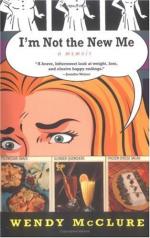All this being arranged, it is only necessary to send the camera up to any desired altitude and pull the camera cord, in order to get photographs of wide-stretching landscapes, extensive cities, like New York, and panoramas of every description. Such photographs could not but be of the greatest value to geologists, mountain climbers, surveyors, and explorers. And they must possess particular interest for students of geography and for map-makers.
POSSIBLE USE OF KITES IN WAR.
It is obvious, too, that kite-photographs might be of great value in time of war, since a detailed view of an enemy’s lines and fortifications might be thus obtained; while at sea a perfected kite-photographing apparatus might be of great value in recording the approach of an enemy’s ships. Mr. Eddy regards it as perfectly possible to send up a tandem of kites from the deck of a man-of-war, with a circular camera, such as has already been devised, attached to the main line, and an apparatus for snapping all the shutters simultaneously; and photograph, not only the whole horizon as seen from the deck of a vessel, but, because of the greater elevation, many miles beyond. A battle-ship provided with this photographing device would enjoy as great an advantage as if it were able at will to stretch out its mainmast into a tower of observation a mile high.
It is true that some of the lenses in the circular camera, the ones facing the sun, might give imperfect pictures; but in whatever position the sun might be, at least one hundred and eighty degrees of the horizon would be clearly photographed. And by taking such observations in the early morning, and again in the middle of the afternoon, it would be possible to cover the whole circuit, and thus be aware of the approach of an enemy’s ships long before they would have been visible to a telescope used on the deck. In such a circular camera each lens would be numbered, and the position of each would be accurately determined with regard to the points of the compass by the use of guy-cords stretching from the main line to the framework of the apparatus. Thus, on looking at the number of a lens, the photographer would immediately know from which direction any vessel whose image was shown might be coming.




